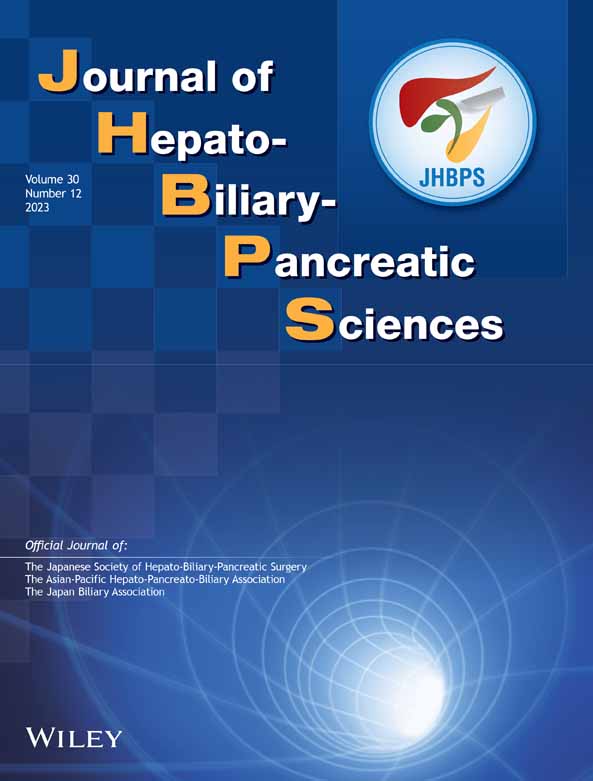Benefit of living donor liver transplantation in graft survival for extremely high model for end-stage liver disease score ≥35
Abstract
Background and Aims
Living liver donation with high model for end-stage liver disease (MELD) score was discouraged despite organ shortage. This study aimed to compare graft survival between living donor liver transplantation (LDLT) and deceased donor liver transplantation (DDLT) recipients with extremely high-MELD (score of ≥35).
Methods
Between 2008 and 2018, 359 patients who underwent liver transplantation with a MELD score ≥35 were enrolled. We compared graft survival between LDLT and DDLT after propensity score matching (PSM) and performed subgroup analysis according to donor type.
Results
After PSM, there was no statistical difference in graft survival between the LDLT and DDLT groups (p = .466). Old age, acute on chronic liver failure, re-transplantation, preoperative intensive care unit stay and red blood cell (RBC) transfusion during the operation were risk factors for graft failure (p = .046, .005, .032, .015 and .001, respectively). Biliary complications were more common in the LDLT group (p = .021), while viral infection, postoperative uncontrolled ascites, and postoperative hemodialysis were more common in the DDLT group (p = .002, .018, and .027, respectively). In the LDLT group, acute chronic liver failure, intraoperative RBC transfusion, and early postoperative complications were risk factors for graft failure (p = .007, <.001, and .001, respectively).
Conclusion
Our study showed that LDLT is not inferior to DDLT in graft survival if appropriate risk evaluation is performed in cases of extremely high-MELD scores. This result will help overcome organ shortages in high-MELD liver transplantation.
CONFLICT OF INTEREST STATEMENT
The authors declare no conflicts of interest that pertain to this work.
Open Research
DATA AVAILABILITY STATEMENT
The data used to support the findings of this study are available from the corresponding authors upon request.




